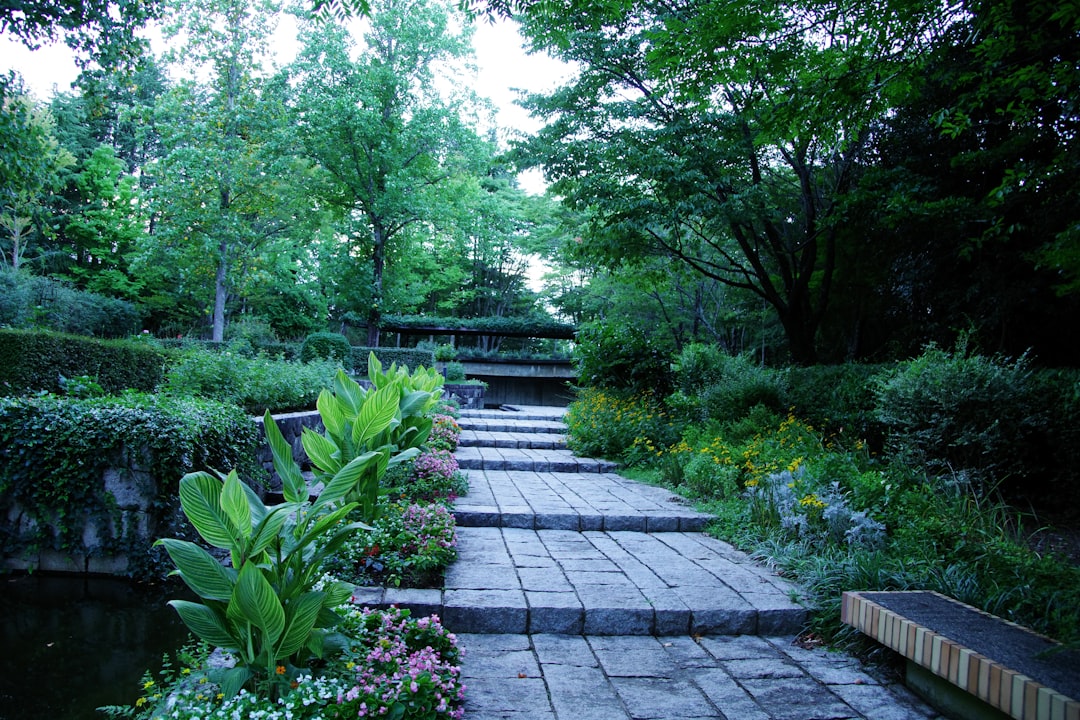The Enchanting World of Perennial Flowers in Your Garden

When it comes to creating a vibrant and beautiful landscape, few things can rival the charm of perennials. These remarkable plants are a gardener's delight, offering a plethora of colors, shapes, and textures that return year after year, bringing life and beauty to your outdoor space.
Perennials are a diverse group of plants that have adapted to survive through multiple growing seasons. Unlike annuals, which complete their life cycle in a single year, perennials have the ability to go dormant during the winter months and then reemerge in the spring, ready to bloom once again. This makes them a cost - effective and low - maintenance option for any garden.
One of the most appealing aspects of perennials is their wide range of colors. From the soft pastels of lavender and pink to the bold and bright hues of red, orange, and yellow, there is a perennial to suit every color scheme. For example, the peony is a classic perennial known for its large, showy flowers in shades of pink, white, and red. These flowers not only add a touch of elegance to the garden but also attract pollinators such as bees and butterflies.
Another popular perennial is the daylily. As the name suggests, each flower of the daylily lasts only one day, but the plant produces multiple blooms over an extended period. Daylilies come in a variety of colors, including yellow, orange, and purple, and they are extremely hardy and easy to grow. They can tolerate a wide range of soil conditions and are resistant to many common pests and diseases.
Hostas are yet another type of perennial that are highly valued for their foliage. With their large, textured leaves in shades of green, blue, and variegated patterns, hostas add a touch of lushness to the garden. They are shade - tolerant plants, making them ideal for areas of the garden that receive little sunlight. Hostas also produce delicate flowers on tall stalks, although their foliage is often the main attraction.
When planning a perennial garden, it is important to consider the plant's growing requirements. Some perennials prefer full sun, while others thrive in partial or full shade. Additionally, different perennials have different soil preferences, such as well - drained soil or soil that is rich in organic matter. By grouping plants with similar needs together, you can ensure that they will grow and thrive in your garden.
Planting perennials is relatively straightforward. First, prepare the soil by removing any weeds and adding compost or other organic matter to improve its fertility and drainage. Dig a hole that is slightly larger than the root ball of the plant and place the plant in the hole, making sure that the top of the root ball is level with the soil surface. Backfill the hole with soil and gently firm it around the plant. Water the plant thoroughly after planting to help it establish its roots.
Once your perennials are planted, they will require some basic care to keep them healthy and blooming. Regular watering is essential, especially during dry periods. However, be careful not to over - water, as this can lead to root rot. Fertilizing your perennials once or twice a year with a balanced fertilizer can also help them grow and bloom better. Pruning is another important aspect of perennial care. Deadheading, or removing spent flowers, can encourage the plant to produce more blooms. In the fall, some perennials may need to be cut back to the ground to prepare them for winter.
Perennials also offer the opportunity to create a garden that changes with the seasons. In the spring, early - blooming perennials such as crocuses and daffodils will be among the first to emerge, signaling the end of winter. As the season progresses, other perennials like tulips and irises will take center stage. In the summer, the garden will be filled with the vibrant colors of coneflowers, black - eyed Susans, and phlox. And in the fall, asters and chrysanthemums will add a splash of color to the fading landscape.
In conclusion, perennials are a wonderful addition to any garden. Their ability to return year after year, their wide range of colors and forms, and their relatively low maintenance requirements make them a popular choice for both novice and experienced gardeners. Whether you have a small urban garden or a large rural landscape, there is a perennial that can enhance its beauty and charm. So, why not start planning your perennial garden today and enjoy the beauty of these amazing plants for years to come?